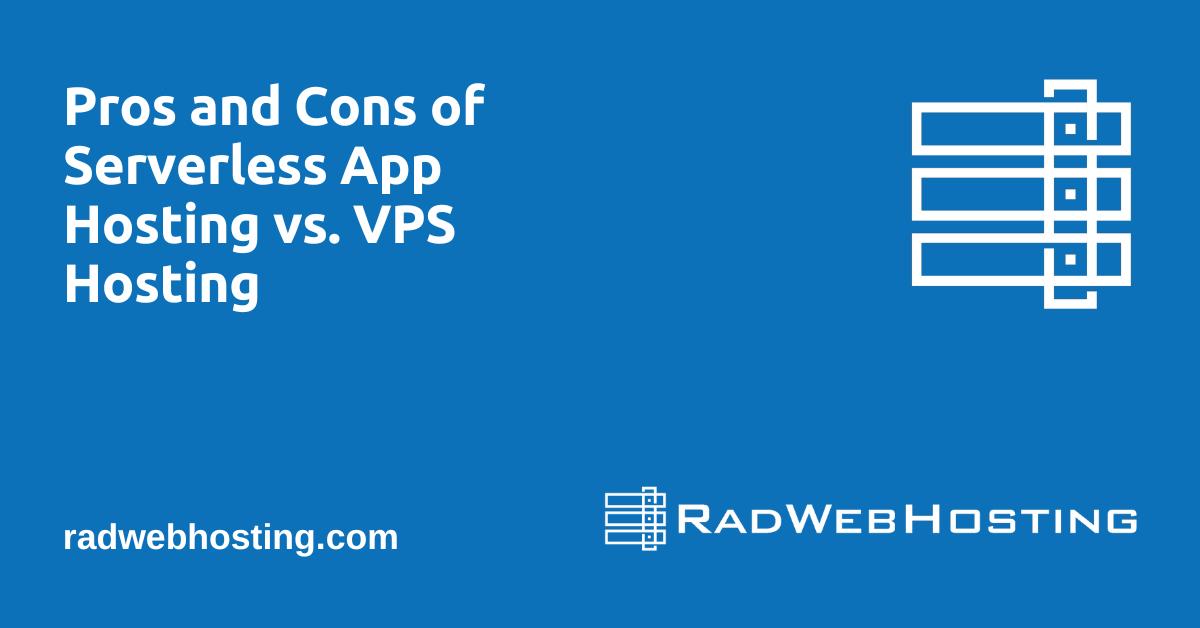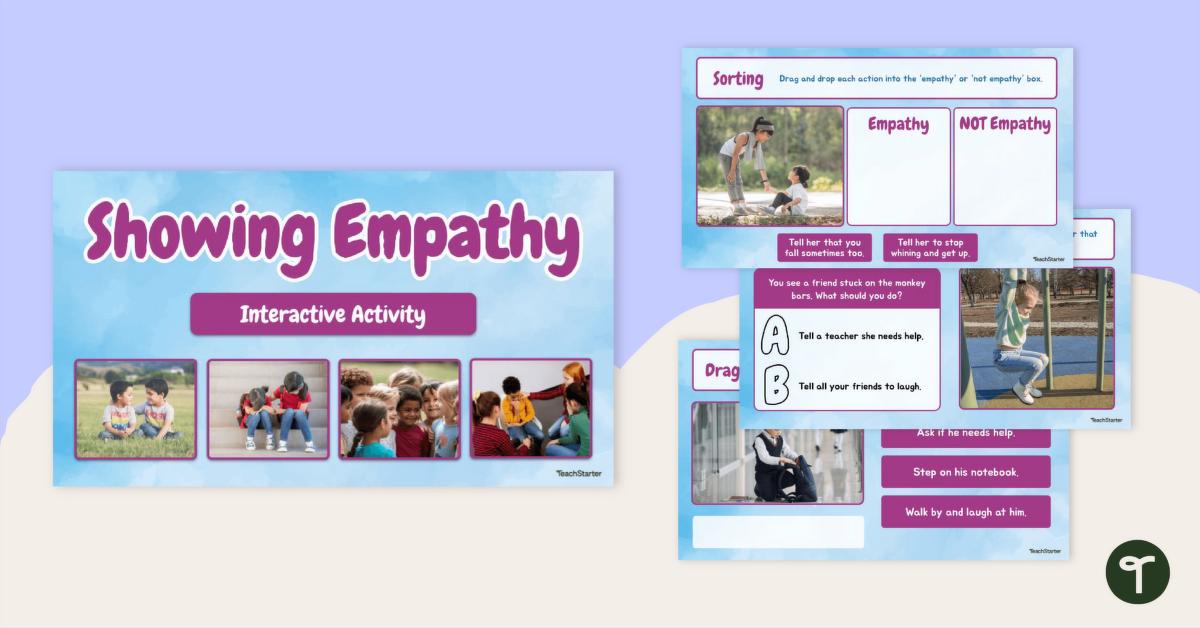Understanding Microservices
Microservices represent a paradigm shift in the way we develop software applications. Instead of building a monolithic architecture, which can resemble a chaotic jumble of spaghetti code, microservices break applications down into manageable, loosely-coupled services. Each service operates independently and communicates with others through well-defined APIs. This design has several benefits:
- Scalability: Each microservice can be scaled independently, allowing specific parts of an application to handle increased traffic without overhauling the entire system.
- Flexibility: Developers can use different technologies for different services without being tied to a single stack.
- Faster Deployment: Smaller, independent teams can develop, test, and deploy each microservice independently, resulting in a quicker release cycle.
However, with great power comes great responsibility. Managing microservices requires a robust strategy to handle inter-service communication and data consistency, nor can we overlook the complexity it introduces.
The Open Source Advantage
Open source software is the wind beneath the wings of the modern tech industry. Not only does it promote innovation through shared knowledge and collaboration, but it also allows developers to leverage pre-built solutions instead of reinventing the wheel. With a plethora of open source tools available, we can build microservices more efficiently. Examples include:
- Spring Boot: A popular framework for creating microservices in Java.
- Kubernetes: For container orchestration, managing microservices with ease.
- Docker: Simplifies the deployment of applications by packaging all dependencies together.
Using open source software not only cuts down costs but also offers the benefit of community support. Imagine having a global group of experts at your disposal—free advice and solutions at every corner!
Backend Development Strategies
When it comes to backend development, adopting microservices and open source technologies requires a strategic approach. Here are some essential strategies to consider:
- API-First Design: Start with defining your API specifications. This ensures that your services can communicate effectively.
- Choose the Right Database: Opt for databases that complement your microservices architecture. Consider a NoSQL database when agility is essential, or a relational database for strict data integrity.
- Implement DevOps: Embrace a DevOps culture to enhance collaboration between development and operations teams, fostering continuous integration and continuous delivery (CI/CD).
With a solid approach, backend development becomes a seamless canvas where microservices can thrive.
Navigating Project Management
As delightful as building software can be, managing projects in such a dynamic environment can feel like herding cats—especially when those cats are independently deployed microservices. Agile methodologies have emerged as effective frameworks for project management in this space. Key practices include:
- Scrum: Short, iterative progress through sprints keeps teams focused and encourages rapid adjustments based on feedback.
- Kanban: Visualizing work tasks improves transparency and helps teams manage workflow efficiently.
The importance of communication cannot be overstated; tools like Slack and Trello can facilitate collaboration across distributed teams, ens...






